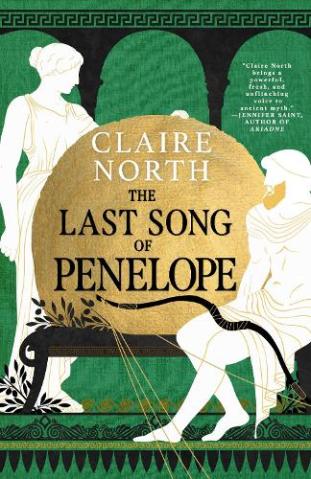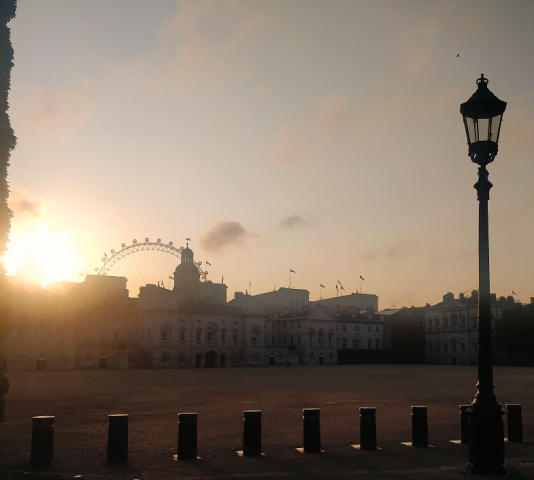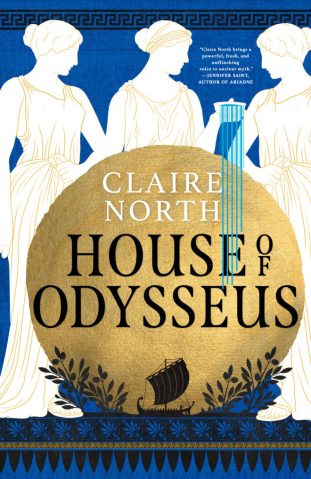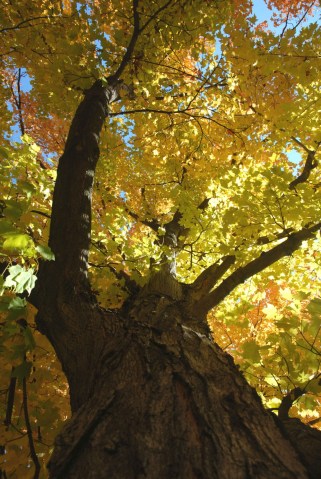Walking to Kew
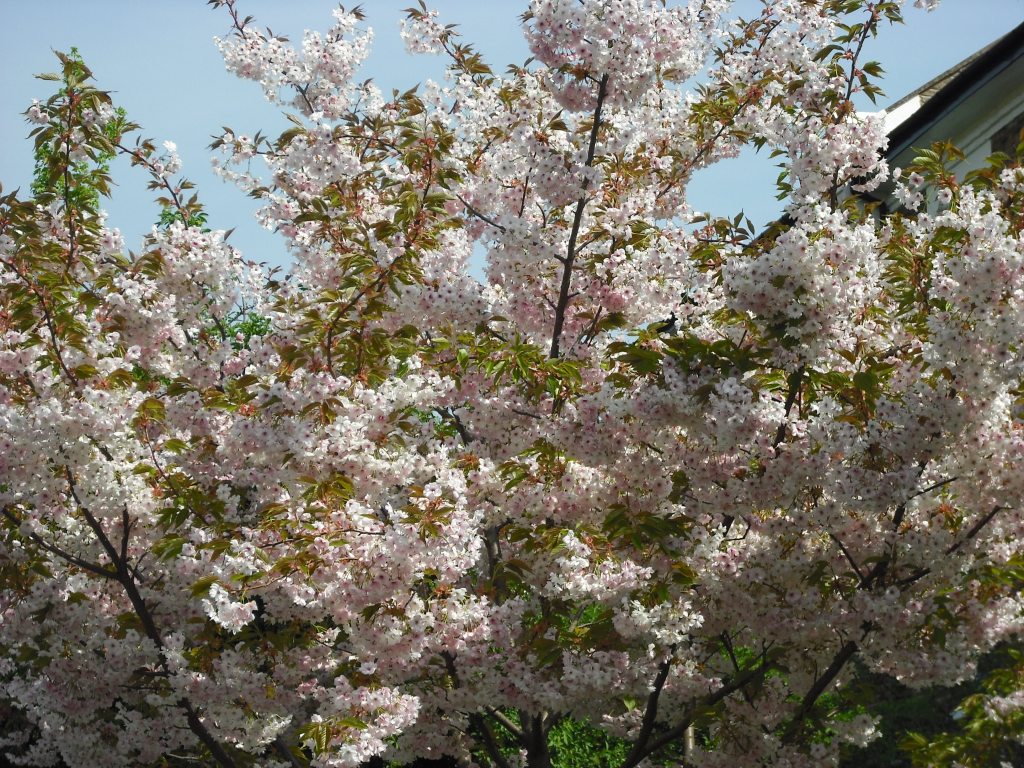
I walked to Kew from where I live the day after the London Marathon. For the London Marathon, about 40,000 people ran nearly 27 miles, including one dude who ran the distance while in space. I walked about 15 miles and was knackered.
To put it another way: marathon runners, I salute you!
I walked for two reasons. 1. I had to get to Kew to help my Mum with some stuff, and who takes the District Line? I mean seriously, what is up with it? How can any underground service be that slow and unreliable? It just makes me mad…. 2. I’d had a really pants week. Like… properly pants. One of those weeks where you come away at the end too exhausted and downtrodden to even be relieved that it’s over. One of those weeks where you have to see friends and loved ones after to even begin to remember that you have some self-worth, and even then you sorta feel like a four hour walk might help a wee bit with the whole clearing-of-the-brain thing.
I also chose to walk along the Thames. There are faster ways to get from North-East London to Kew, but meh, screw it. I’ve done the Thames Path from Westminster to Greenwich, pretty much all the way both sides of the river, but though I’ve done a few kilometres of other stretches, I’d never done Westminster to Kew and the river always calms me down. Whenever things get poo, you’ll probably find me somewhere along its shores, usually on a bridge, reminding myself that the world is big and that London is a city which still feels in some deeply personal way, mine.
I coulda joined the Thames at Blackfrairs, but sorta wanted to dodge this dull bit around Vauxhall; that boring wiggle around MI6 and the way you get forced inland at points onto main roads. Instead I walked down through the centre of town, wiggling round the backstreets of Covent Garden and dodging the tourists, cutting across Trafalgar Square and onto the Mall. There wasn’t any sign that the Marathon had happened the day before – the wind was blustery, the streets were clean, giant British flags flew in the breeze and civil servants exchanged dubious understandings while the geese chased the ducks who chased the pigeons who chased the blackbirds in quest for tourist-fed bread crumbs. I grant you, the walk down around the edges of Buckingham Palace to Victoria and down towards Battersea is dull – all big buses waiting to go schleping off to airports or Oxford or destinations unknown, travellers with cases on wheels designed to sever the circulation in nearby ankles, building works and walls – but it passed quickly enough and I crossed the river over to Battersea Park.
Battersea Park is awesome. I don’t know it very well. The only time I’d been there before was to loosely jog a 5k for charity, and I was so busy being in pain at the time that most landmarks passed me by. By the time I reached it on this walk, a lot of schools were out on the fields and pitches, doing that PE thing, but there were also dog walkers and cyclists, and a group of disabled young adults out walking around the peace pagoda. Because yes, there’s a pagoda in Battersea Park, can’t miss it, and if you feel like taking a moment to stop and eat a banana before doing the next nine miles of walking, there’s worse places that in front of the golden smiling face of a beatific Buddha resting on a lotus leaf, while fat-engined tugs grumble by on the river, and the lifeboat rushes off to the next exciting thing.
My companion for some of the walk out of Battersea was a particularly agile dog, no idea what kinda breed, who’s two favourite habits were a) eating other dog’s poo and b) bounding effortlessly over fences. It was an impressive bit of agility, effortlessly graceful and energetic, and only mildly undermined by the afore-mentioned manure chomping that invariably followed.
From Battersea it was basically terra incognita for me. I mean, I had a sense of the gist of it, and there were a few landmarks I could pick up on, but that was it. What surprised me, however, was how much of the river as I headed West through Wandsworth felt a lot like the East end of the river around Wapping or Rotherhithe. There were the same medley of buildings – converted warehouses, brick-built 1980s/90s jobs with inner walls made of chipboard and damp, then modern sprawling mansions of curving glass offering those residents fortunate enough to reside within a river view (often, it must be said, of industrial developments on the Northern bank), concierge and fitness suite, no price tag named. Like the Docklands, it was a stretch of land that felt both peaceful, wealthy, but also in certain ways a little soulless. Where were the cafes and the shops? Where did you go to get a tin of beans? How far was it to the nearest tube station? And when the path or building works forced you inland, how quickly you bumped heads with real life – with workshops and rubbish dumps, timber merchants and car parks, mainline train tracks overhead running from ? to ?, bus stops where the only bus that stopped was a single-decker that came every twenty minutes.
There are parts of Wandsworth which are full of life, but the river bit felt strangely subdued. If Wapping has any merit that’s greater than this, it’s that Whitechapel is only a few minutes walk to the North, and has all the life going. It was difficult to imagine what lay further to the south of this stretch of river, or what it had to offer.
Heading further West, and occasional bits of actual industry still intrude. The recycling centre was a smelly detour; the helipad was a slightly odd blip, not least because it’s right next to a hotel that prides itself on being the place you can get to by helicopter easy peazy, if you have that option, and doesn’t bother to discuss just how noisy that must be for its guests. Never-the-less, maybe the business model is working, if you could judge by the emblem on the back of the one large helicopter parked outside its front door.
Sometimes the streets just behind the river would break out into hipster chic. Vintage clothes, artisan bakeries, that sorta mcguffin, but generally it was Sainsburys Local and quietness all the way to Putney, where suddenly a high street crawls right up to the edge of the bridge, and rival churches glare at each other across the water, old and new colliding where once a suburban village lay. In an odd way, Putney felt more like London than any part of the river up to that point, in its bustling, busy way, but also in its residential streets where the cherry blossom was in full bloom and the magnolia was shedding its petals. Don’t get me wrong – a stinking rich part of London, testified to as much as anything else by the large number of CCTV cameras on the sides of water-facing mansions, hinting at internal security systems for the quiet residents within. But still, a part of the city that had been given time to establish an identity and get comfortable with it.
By Putney Bridge, I was also beginning to measure my journey by the flight paths of planes overhead. My Gran lived for 50 years in Kew, and the one thing she hated was the sound of planes as they descended towards Heathrow. Now as I walked from North London to West, I could see the planes getting lower and lower as my path crossed beneath theirs, and tried to measure how far along I was by how large they seemed in the sky.
As I left Putney, I also encountered the joy that is walking in April. From dazzling sunshine came storming hail. I’d seen it coming, of course. Various patches of blue and grey hung over the river ahead, and the joy of open water is that there is enough space to see very clearly what’s coming if you keep on going in a certain direction. When the hail passed, there was a biting wind. When the wind passed, there was serene sunshine which lured all the insects out to play. When the sunshine passed, it pissed down with slicing rain, which then faded to drizzle, to sunshine, and to hail again. The walk was just long enough that every part of me had time to dry out, before getting wet again. Thank you, April.
From Putney, the riverbank becomes quickly dominated by rowing clubs. The rowing clubs were mostly dominated by teenage boys, though there were a couple of boats full of women, I was pleased to see. As they ploughed up and down in sleek-nosed vessels, chubby metal tubs powered along behind them, instructors barking commands through loud speakers. The noise floated across the water, but didn’t seem to enter the ears of the coxes, who constantly gave instruction to go this way, not that, to pull harder, harder, and weren’t guaranteed to get any part of that right.
Is rowing a rich dude’s sport? I sorta feel like it is, but I dunno if it’s just a geography thing (river is easier to row in West London – West London is richer etc.) or a cliched social misunderstanding I have. As a kid I sometimes used to go canoeing in Shadwell Basin – I was rubbish, scared of capsizing and having my toes nibbled by the giant fish that circled below – and we only did it a few weeks of every year while I was at primary school. Rowing was offered as an outside activity for a bit of extra cash when I was at secondary school in Hammersmith, but it involved getting to the river for silly a.m., and given that my commute already obliged me to leave the house by 7.10 in the morning to make morning register, I just wasn’t going for it. Perhaps I missed out; perhaps it is just a geography thing. Perhaps it’s more than just a geography thing, at that.
Up from Putney and I circumvented the edge of the Barnes Wetland Centre. I confess, I have never been to this place before. I’m told that if you like birdwatching, it is the place. I have no strong feelings on the subject whatsoever.
I was looking for Hammersmith before it came. I knew this stretch of river, at least on the North bank, a bit better, courtesy of my misspent youth and, in particular, a friend who lived in Fulham and with whom I’d sometimes walk along the river as she headed home. Certain landmarks I could measure and recall – the football stadium on the North bank, the Harrods Furniture Depository (now posh flats) on the South. By now I was beginning to notice, not necessarily people, but how few people they were. I chose the Thames Path partly for this reason, to enjoy a bit of quiet to spend with my fuzzy fuzzy brain, but apart from the occassional dog-walker or ambler, I felt more or less like I had the entire river to myself. At Hammersmith I scoured the North bank for Riverside Studios, where I’d lit a show once and of which I had good memories… not necessarily of the show, but of the people and the place… and couldn’t see it. A moment of panic set in – had another venue I loved died? Thankfully two minutes on google when I got home shows it’s closed for redevelopment, and I breathed a sigh of relief.
By Hammersmith Bridge – far sexier than I remembered it being – I had to duck down to shuffle beneath it to get to a bench, where I paused to assess how far I’d come and how much further I had to go. I was using an A-Z, rather than mobile data to track my progress, and had finally started to see signs for Kew and Richmond. Unfortunately these signs were pointing cross-country, rather than along the river, so I optimistically told myself it’d be barely three more miles, ate another banana, and carried on walking.
Schools were beginning to empty out by now, and my god, if you want to see schools emptying, the south bank of Hammersmith is the place to do it. The entire bend of the river felt like it was given over to kids scurrying home from endless, endless playing fields, and when those fields ran out you could look north and see more greenery, more trees and rowing clubs, more kids cycling home or heading down to the boathouse. It felt like another city, one where fields stretch on for miles, but which fields aren’t necessarily made for you.
By Barnes Railway Bridge I was definitely beginning to feel like I’d been walking for most of the day, and couldn’t quite believe that Chiswick Bridge wasn’t in sight. I associated Chiswick Bridge with oncoming victory, since it had been a bridge that my Dad would drive across after taking me to visit Gran, back when I was an infant sprog, and before those days when the North London Line became Silverlink Metro became the Overground to Richmond that we all know and vaguely love today. When Chiswick Bridge appeared, I nearly cheered.
Sound travels well across water, and for a large swathe of that last stretch I could hear the sound of the M4 from the other side of the bank. It’s a strange thing to walk through a virtual tunnel of trees – which is what the path was for large swathes of that bend of the river, cut off from reality – while also listening to a motorway. If I hadn’t known the M4 was there, it would probably have been a confusing trick upon the ears.
By now other thoughts besides general fatigue were kicking in. Thank god that the Thames Path has struck deals, so it seems, with local pubs to let wandering ramblers use the facilities….
By Chiswick you can definitely see the signs that the river isn’t always obedient. Water laps at the feet of benches, threatens to roll up into shallow pools along thin roads. High-tide marks are etched into the walls of buildings and the Mortlake brewery, houses on the North bank are build in a mish-mash of reverend styles, all raised a little against the flood. The path hasn’t been tarmacked for a fair while, and trees and shrubs sit half in, half out of the river, waiting for the water to come and go.
By the time I was rounding the bend towards Kew Bridge, the thought struck me that it might be ok to cheat and cut inland at the National Archives, following the railway line down to the station, where my Mum was gonna arrive, rather than follow the curve of the river all the way round to Kew Bridge, then have to cut inland again. I started looking for turnings, but was a little put off by the fact that most paths appeared to head into enclaves of new developments, all branded to impress upon the viewer that here was a semi-regal yet eminently approachable lifestyle, just waiting to be enjoyed by you, the lucky millionaire. After all the rain and all the sun, the midgies were out in force, and I walked the last mile to the railway bridge with my mouth closed, wondering whether that lump in my teeth was a bit of old fruit or something less salubrious.
Kew remained much as it was from my childhood, when I eventually cut through just north of the National Archives. (Why are the archives in a floodplain, I wonder? The thought of what would happen if their material was ever lost makes the historian inside me deeply, deeply anxious.) Neat houses with colourful gardens, blossom out in the driveways. Wisteria and magnolia, forget-me-notes and bluebells, seas of pink, white, yellow, purple and blue. Even the station is neatly tended and loved, despite being victim to the feckin’ District Line and all its woes – though the parade near where my Gran used to live would make her sad, as the old arty shops selling bits of ceramic and pots of paint have distinctly given way to high street chains and organic superstores selling slices of dried mango at barely £3 a nibble. I arrived with 15 minutes to spare, but by the time I discovered I had only £1.20 in my pocket the idea of walking the 50 yards to the bank just horrified me.
I went into an Italian cafe and asked what I could get for £1.20. I had my eye on the custard tarts, cannot tell a lie – in Brixton, where there’s still a Portuguese community, I coulda afforded one with twenty pence to spare – but this was Kew, and for £1.20 exactly and a small bit of charity from the waitress I got a sorta pastry thing with chocolate in the middle, about the size of my thumb. I ate it, as the new leaves of spring opened on the trees, and reflected that while I sorta got what my Gran had seen here, it probably wasn’t my part of town.
At the end, riding the train home, business done, I didn’t feel as tired as I thought I would. My legs were fine, though bizarrely something had happened peculiar in my left shoulder along the way. More to the point, my head, without actively thinking about thoughts, felt in a better place. For the first time in far too long I didn’t feel like I had to move through the city thinking anxious thoughts about things beyond my power. The river had worked its magic, and for a while there had just been water, and walking, and both these things were better and more interesting than me.

